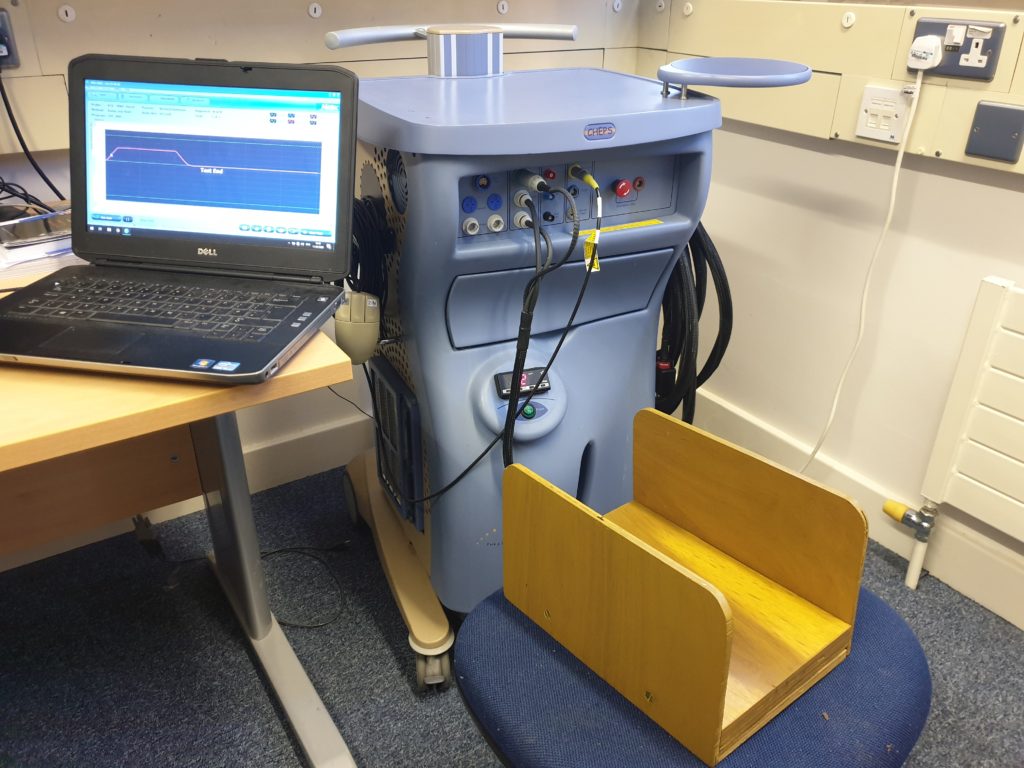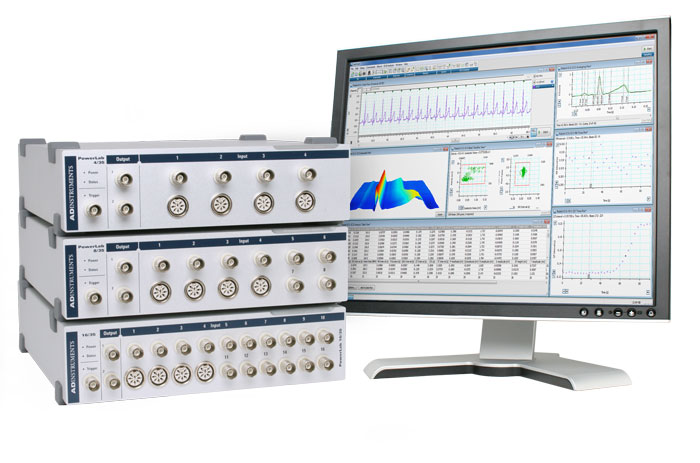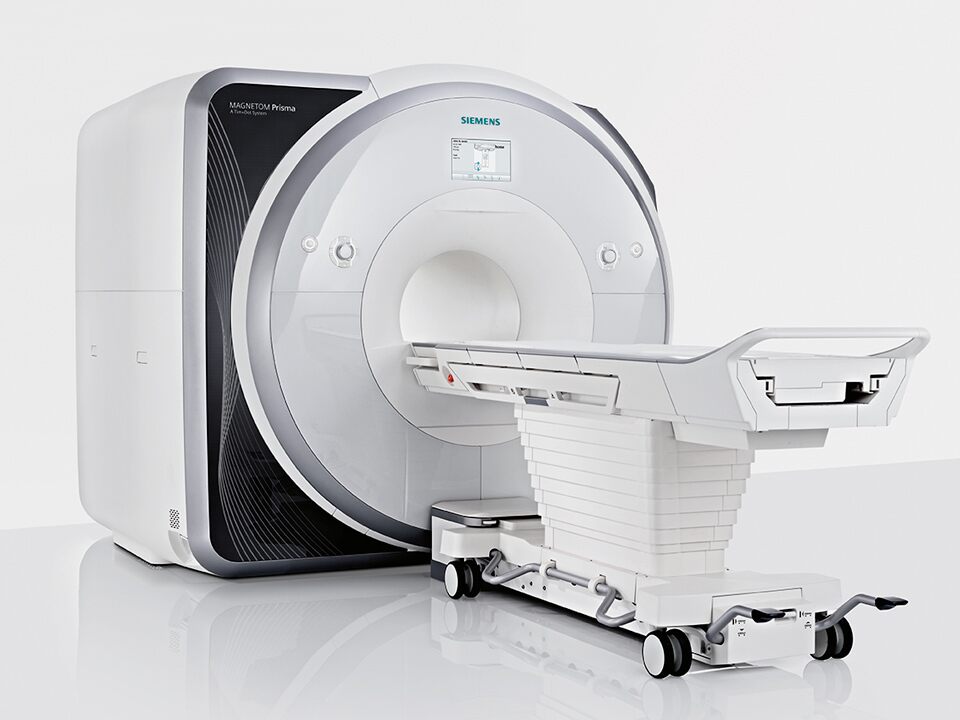OUR EQUIPMENT
This is a small section, just detailing the equipment we use in our daily work to ensure our research is of the highest and most consistent quality that we can achieve. Pain is an incredibly personal and variable subject to study. If I stub my toe, and say that on a scale from 0-10 it caused me a 7, it is very hard to truly empathise with what I mean by this. Those with sensitive toes may report a 10, whereas a hardened chronic toe-stubber may shrug it off with a 2. What’s more, perhaps I stub my toe one month later. During this month, I’ve won a multi-million pound grant, bought three puppies and Nigel Farage is entering his second week of being stuck in a public toilet. There is every chance that even though it’s the same toe, and the same person, I am now much less fazed by this injury. I may report a 2. There are many less flippant examples of the variability of pain, but the variability across time, person, mood, personality, experience (etc) hopefully illustrates how tricky it can be to reliably and consistently quantify pain..
The reason for this preamble is to highlight how crucial it is to have faith in the reliability of our equipment. Psychologists know beyond all doubt that humans vary; in many ways this is why we got into our respective fields of psychological research. But knowing that the variability in our data is not due to variations in scientific equipment is critical in ensuring our conclusions are focused on the humans and not error in measurement.
With this in mind, please continue below for a brief overview of the CINN Pain Lab’s equipment. Once again, please feel free to get in touch with me if you have any questions, queries, suggestions or ideas about any of the details described below.
MEDOC Pathway; Contact Heat-Evoked Potential Stimulator (CHEPS)

The MEDOC Pathway system is the central nociceptive stimulator used in the CINN Pain Lab, across the majority of our experiments. The Pathway is a water-based system, with advanced thermostatic controls to allow for rapid heating and cooling for the purposes of assessment and quantification of thermal pain thresholds and profiles. Via the addition of a specialist MR-filter filter and thermode, the MEDOC can be used within an MRI scanner to help us better understand aspects of the neural mechanisms underpinning pain. Outside of the scanner, the Pathway system allows us to calibrate complex pain profiles for our participants from the basics of pain threshold, all the way to more dynamic measures such as Temporal Summation.
Aesthesio Monofilament Sensory Fibres

The Aesthesio monofilament fibres (often referred to as Von Frey Hairs) offer us a tactile method for nociception stimulation. Each fibre corresponds to a varying diameter, with a larger diameter requiring more pressure to be applied before the fibre bends. This allows us to administer multiple intensities of pressure sensation, and is a method of varying the intensity of the stimulation. Like the MEDOC, the quantification of fibre diameter, and therefore pressure intensity, allow us to reliable and consistently test our patients and participants within a separate medium of pain stimulation (pressure/mechanical, rather than than thermal/heat).
Julabo Thermostatic Water Bath

The Julabo water bath is a critical component in our pain assessments. Not only can the bath be used to quickly and easily calibrate pain tolerance, but it can also be used in combination with our forms of stimulation for more complex experiments. Conditioned Pain Modulation is a form of quantitative sensory testing that is said to represent a “proxy for the efficiency of descending pain modulation circuitry in the brain”. This experiment uses a test stimulus (for example, the MEDOC thermode), both, in isolation and also in combination with a conditioning stimulus. We can then investigate the influence of our conditioning stimulus on the test stimulus and make conclusions about the modulatory capacity of our participant. In this case, the water bath serves as a very useful conditioning stimulus.
AD Instruments 35 Series Bioamp & Electrical Stimulator

Using electrical stimulation provides us with a third medium for pain assessments and experiments. One advantage of the Bioamp 35 series system is that we can also record physiological data (such as heart rate or galvanic skin response) to target our approaches to sympathetic and parasympathetic nervous system responses. This is especially useful in relation to our research on learned helplessness, fear responses and apprehension of nociceptive stimuli.
Siemens Magnetom Prisma 3T MRI Scanner

Whilst quite obviously not owned by the CINN Pain Lab, the University of Reading’s 3 Tesla MRI scanner allows us an invaluable tool in our experiments, especially when attempting to unpack the complicated mechanisms underlying pain and pain modulation. Alongside our MEDOC Pathway system and a 32-channel head and neck coil, we are particular interested in how brainstem regions are involved individual differences in the phenomenon of pain modulation and how the function and connectivity of these regions can help us understand vulnerability and resilience to pain. For more information about the scanner, as well as the excellent facilities within the Centre for Integrative Neuroscience and Neurodynamics (CINN), please visit their website below.